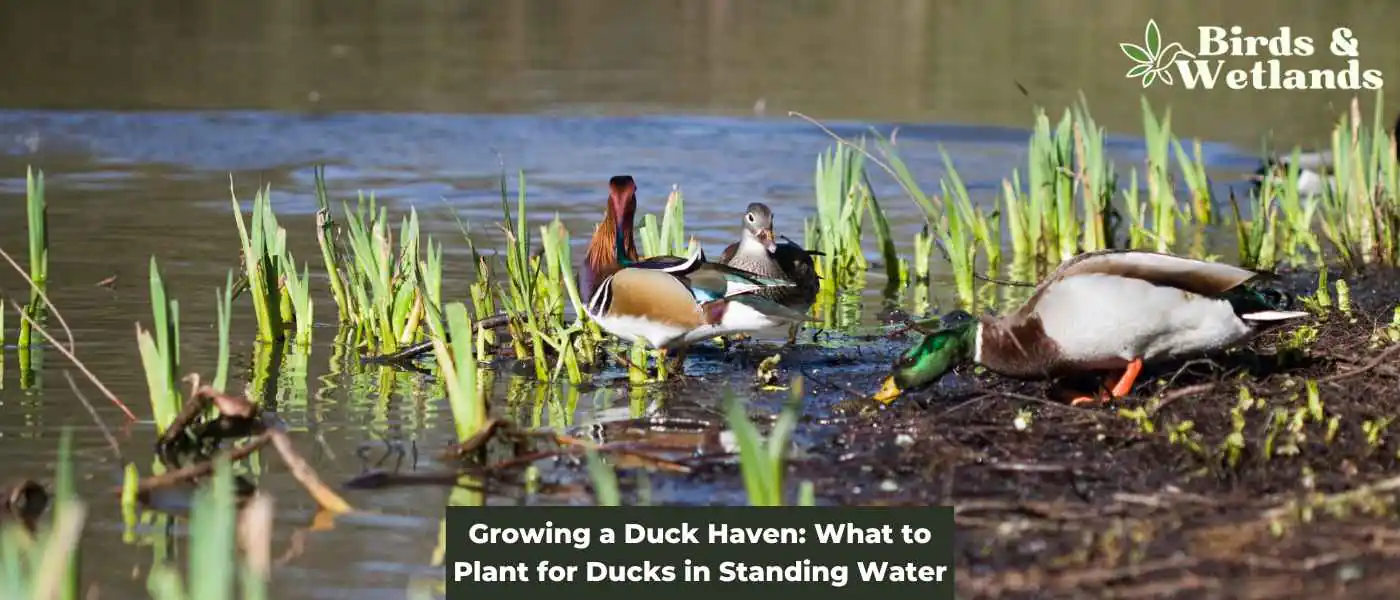One of the best ways to attract ducks to your standing water is by planting the right vegetation.
We explore what types of plants ducks prefer, how to choose the right ones for your specific location, and how to maintain them for optimal growth.
Whether you’re a bird lover or a landowner looking to improve your property’s ecological health, read on to learn how to create a thriving duck habitat in your standing water.
To create an ideal habitat for ducks in standing water, plant a variety of aquatic plants that provide food, shelter, and nesting opportunities. Some top choices include duckweed, water lettuce, water hyacinth, cattails, water lilies, and wild rice. These plants not only offer sustenance but also create a comfortable and engaging environment for ducks to thrive.
Key Takeaways:
- Plant aquatic plants that provide food, shelter, and nesting sites
- Top picks: duckweed, water lettuce, water hyacinth, cattails, water lilies, wild rice
- Create a comfortable, engaging environment for ducks to thrive
Understanding Ducks and Their Habitat
Ducks are waterfowl birds that are commonly found near water sources such as ponds, swamps, and wetlands. They are known for their love of water and can often be seen swimming, diving, or dabbling in it. Understanding their habitat is essential in determining what to plant for ducks in standing water.
Importance of Standing Water
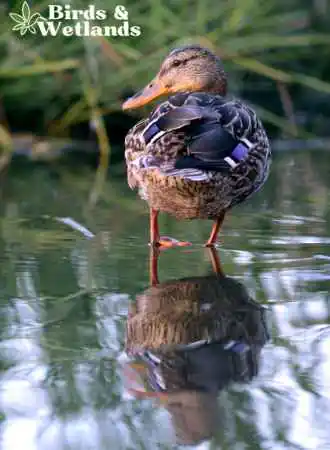
Standing water is critical for ducks as it provides them with a reliable water source for drinking, bathing, and preening. It also serves as a habitat for aquatic plants and invertebrates, which are essential food sources for ducks. Without standing water, ducks would struggle to survive.
Types of Water Ducks Prefer
Ducks prefer shallow water with a depth of less than 3 feet. This allows them to reach the bottom of the water source to feed on aquatic plants and invertebrates. Ducks prefer water with a slow current, as it makes it easier for them to swim and navigate.
Factors That Affect Duck Habitat
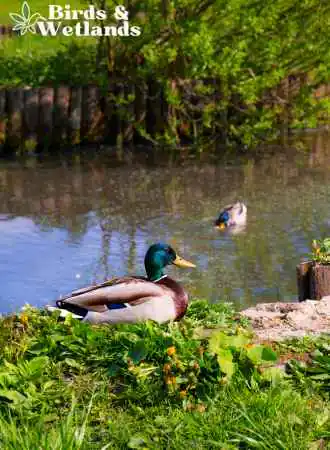
Several factors affect duck habitat, including location, flooding, and shelter. Ducks prefer to live in areas with a variety of natural habitats, including wetlands, ponds, and marshes. These habitats provide them with access to food, water, and shelter.
Flooding is also an essential factor in duck habitat. Ducks prefer areas that experience periodic flooding, as it creates new habitats for plants and invertebrates. This, in turn, attracts ducks to the area.
Finally, ducks need shelter to protect them from predators and harsh weather conditions. Vegetation such as cattails, bulrushes, and smartweeds provide excellent cover for ducks. Trees and shrubs near the water source can provide shelter for ducks during storms.
Understanding ducks and their habitat is essential in determining what to plant for ducks in standing water. Ducks need access to a reliable water source, shallow water with a slow current, and a variety of natural habitats. Factors such as flooding and shelter play a critical role in duck habitat. By planting the right aquatic plants and providing suitable habitat, you can attract ducks to your standing water source.
What to Plant for Ducks in Standing Water
When it comes to planting for ducks in standing water, there are several options to consider. Native plants, crops that ducks love, and planting techniques are all important factors to keep in mind.
Native Plants for Ducks
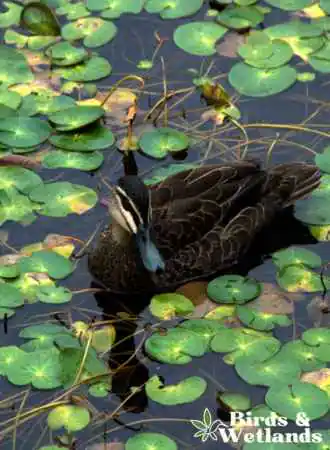
Native plants are a great choice for planting in standing water for ducks. These plants have adapted to the local environment and provide a natural food source for ducks. Some examples of native plants that ducks love include:
- Duck potatoes
- Wild rice
- Water lilies
- Irises
- Lotuses
- Rushes
- Wigeon grass
- Milfoil
Crops That Ducks Love
Planting crops that ducks love is another option for providing food for ducks in standing water. Some popular choices include:
- Japanese millet
- Jap millet
- Brown top millet
- Sprangletop
- Buckwheat
- Corn
- Rice
Pennsylvania smartweed is another great option, as it is a favorite food of ducks and grows well in wet soil.
Planting Techniques for Standing Water
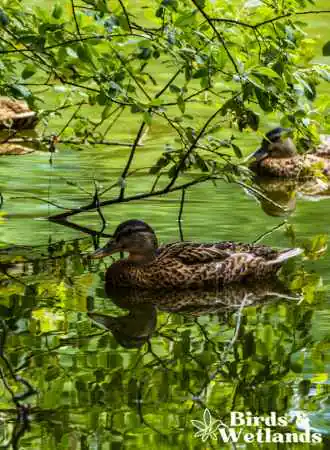
When planting in standing water, it is important to consider the soil type and the water level. Here are some planting techniques to keep in mind:
- Use a cover crop to help control weeds and provide a natural food source for ducks.
- Add manure or fertilizer to the soil to improve nutrient levels.
- Plant in shallow water to allow for easy access for ducks.
- Choose plants with nodding seed heads, as they are easy for ducks to reach.
Other Food Sources for Ducks
Ducks are opportunistic feeders and will eat a variety of foods depending on what is available. In addition to planting vegetation in standing water, there are other food sources that can attract and sustain ducks.
Forage
Ducks are natural foragers and will eat a variety of plants, seeds, and insects found in their natural habitat. Planting food plots near standing water can provide a variety of forage for ducks. Some good options for food plots include wheat, millet, and sorghum. These plants provide seeds and cover for ducks to forage and hide from predators.
Invertebrates and Algae
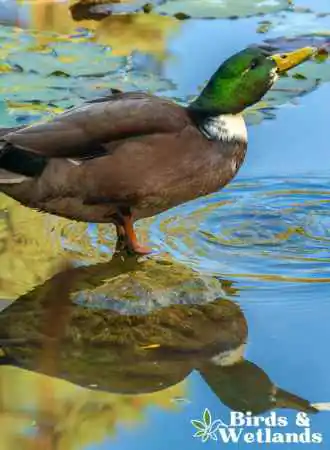
Ducks also eat a variety of invertebrates and algae found in standing water. Invertebrates such as snails, worms, and aquatic insects can be found in the mud at the bottom of ponds and wetlands. Algae, which is a type of aquatic plant, can also be a food source for ducks.
Supplementary Foods
Supplementary foods can also be provided to attract and sustain ducks. Birdseed, frozen peas, chopped lettuce, sliced grapes, berries, and cracked corn are all good options for supplementary foods. These foods can be scattered on the ground or in the water near standing water to attract ducks.
It is important to note that supplementary foods should not be the sole source of nutrition for ducks. These foods should only be used to supplement natural food sources. Overfeeding ducks with supplementary foods can lead to health problems and can disrupt their natural foraging behaviors.
Planting food plots, providing natural forage, and offering supplementary foods can all attract and sustain ducks in standing water. By providing a variety of food sources, ducks can thrive in their natural habitat.
Maintaining a Healthy Duck Habitat
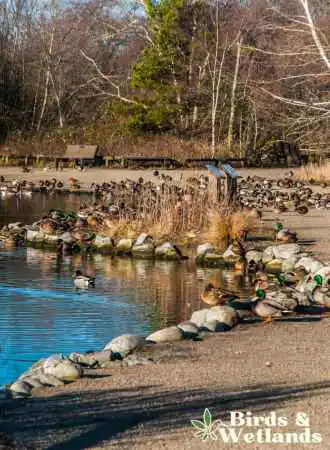
Creating a healthy duck habitat requires more than just providing standing water. To ensure that ducks thrive in their environment, it is important to maintain and manage the habitat properly. This section will cover some of the key factors to consider when maintaining a healthy duck habitat.
Fertilizing and Soil Management
Fertilizing and soil management are important aspects of maintaining a healthy duck habitat. Ducks require a variety of aquatic plants to thrive, and these plants require nutrient-rich soil to grow.
Gardeners and landscapers may be familiar with the benefits of organic fertilizers, which can improve soil health without the use of harmful chemicals. Similarly, using natural methods to fertilize a duck habitat can help promote healthy plant growth.
One effective method of fertilizing a duck habitat is to use cover crops. Cover crops are planted to protect the soil from erosion and to add nutrients to the soil. Common cover crops include wild rye, jungle rice, and panicum grass.
These crops can be planted in the fall and allowed to grow through the winter, then tilled into the soil in the spring to add nutrients.
Managing Predators and Beavers
Predators and beavers can pose a threat to ducks and their habitat. It is important to manage these threats to ensure the safety of the ducks. Research has shown that using fencing and netting can be effective in keeping predators out of a duck habitat.
A Beaver dam can cause flooding and damage to the habitat. One effective way to manage beaver dams is to install a flow device, which can regulate the water level and prevent flooding.
Nesting Material and Cover
Providing nesting material and cover is essential for creating a healthy duck habitat. Ducks require cover to hide from predators and to nest. Smartweed species are a great option for providing cover, as they grow quickly and provide excellent cover for wood ducks. Providing nesting material such as grasses and reeds can help encourage ducks to nest in the area.
Maintaining a healthy duck habitat requires careful attention to soil management, predator and beaver management, and providing adequate nesting material and cover. By implementing these strategies, ducks can thrive in their environment and provide enjoyment for wildlife enthusiasts.
FAQs on Duck food plots in standing water
What can you plant in standing water for ducks?
When planting for ducks in standing water, opt for aquatic plant species that thrive in wet conditions. Wild rice, wild celery, and sago pondweed are excellent choices, providing both food and shelter for waterfowl.
What is the best crop to flood for ducks?
Wild millet is a popular crop to flood for ducks, as it can grow in water up to 2 inches deep. Wild rice, corn, and moist-soil plants like smartweed and sedges also make great food plots for ducks when flooded.
Does millet grow in water?
Yes, millet can grow in water. It is often used in duck food plots because it can thrive in shallow water (up to 2 inches deep) and provides a good food source for ducks.
How deep of water can millet grow?
Millet can generally grow in water up to 2 inches deep. This makes it an ideal choice for planting in shallow water areas where ducks love to feed.
What is the best crop to plant to flood for ducks?
Plant millet, wild rice, and corn are some of the best crops to plant for ducks in flooded areas in your duck food plot or shallow duck ponds. These plants provide excellent food sources for waterfowl and can withstand varying water levels.
What water plants are good for ducks?
Aquatic vegetation like wild celery, sago pondweed, and wild rice are great for ducks. These plants not only provide food sources but also offer shelter and nesting sites for waterfowl.
What can I put in my pond to attract ducks?
To attract ducks to your pond, plant a mix of native food sources, such as millet, wild rice, and aquatic plants like wild celery and sago pondweed. You can also create mud flats and shallow water areas to encourage dabbling ducks to feed. Providing cover crop and suitable nesting sites around the pond will make it even more attractive to ducks.
How does browntop millet compare to smartweed for attracting ducks?
Browntop millet is known to attract significantly more ducks than smartweed, especially in years when smartweed dries out. Planting browntop millet or even you can plant corn which can can be a beneficial addition to your duck food plots to ensure a consistent food source for waterfowl and perfect for duck season.
What is the recommended planting rate for corn in a duck food plot?
When planting corn for a duck food plot, it is suggested to use a rate of 60 pounds per acre. This will provide an adequate food source for ducks feed while allowing enough space for other plant species to grow, allowing for plenty of waterfowl in duck hunting season.
Is Japanese Millet Seed suitable for feeding ducks in flooded areas?
Yes, Japanese Millet Seed is a popular choice for feeding ducks as it can grow in flooded soils or standing water. To establish a successful Japanese millet duck food plot, it is recommended to plant the seeds before the rainy season in the prepared soil. This allows the seed head to sprout and begin growing before the standing water comes in, providing a reliable food source for ducks.

